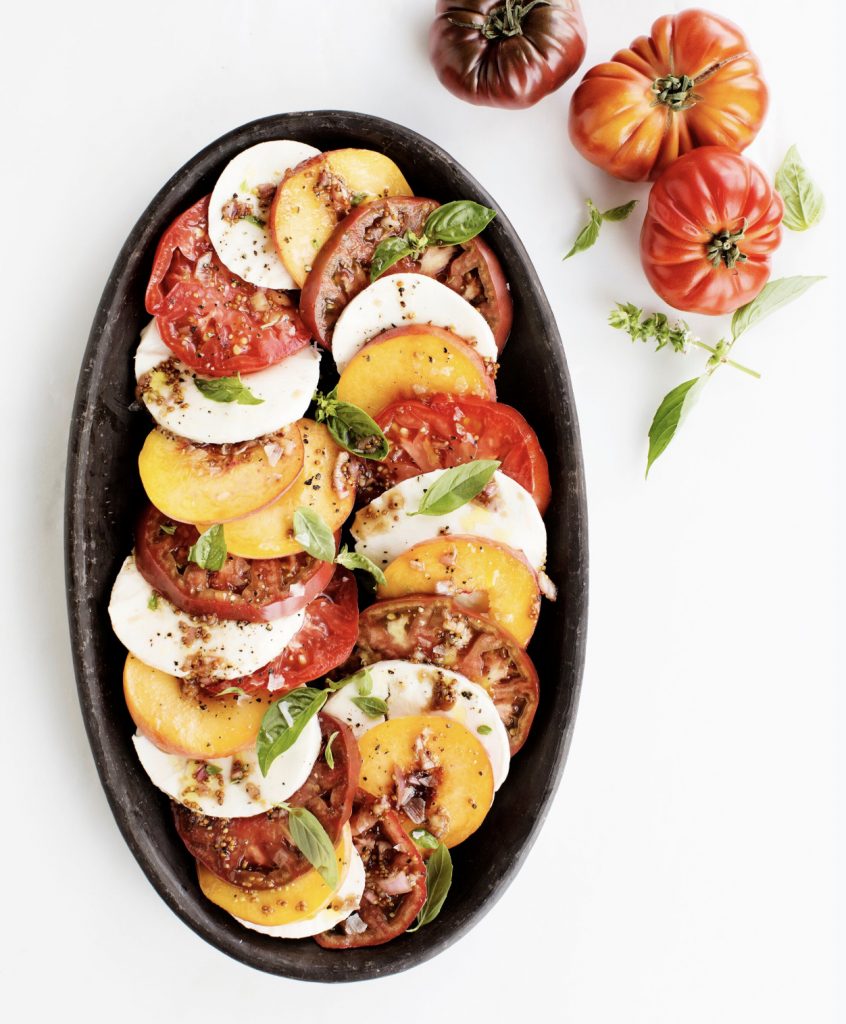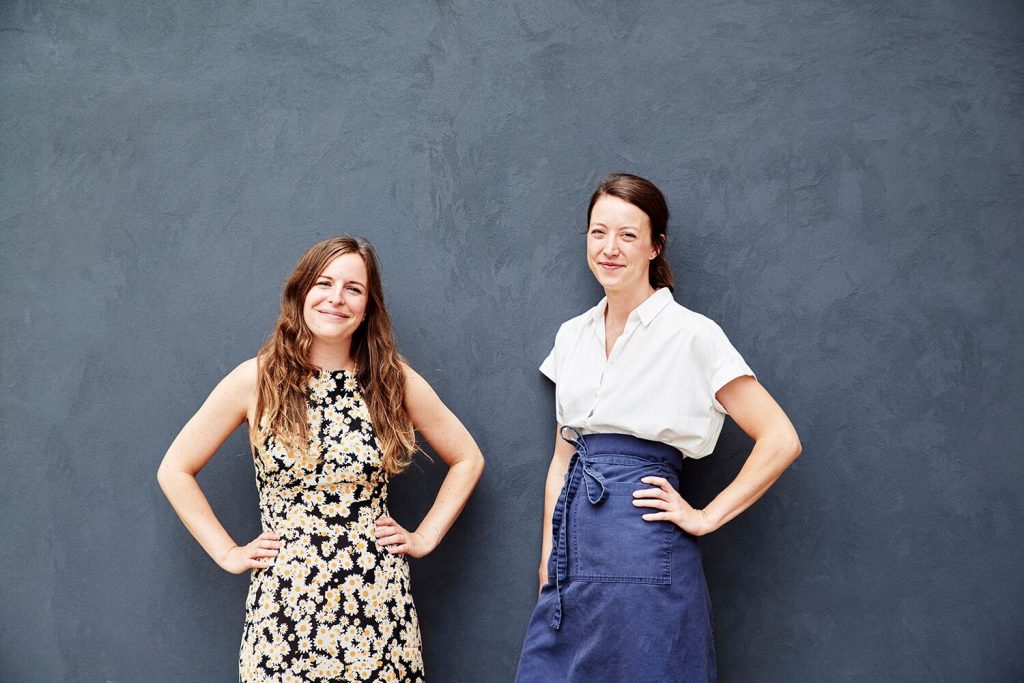
Is it strange that some of the best seafood I ate all year was in notably landlocked Tennessee? Hardly.
—Brett Martin, GQ, April 2018
People love Henrietta Red. I mean L-O-V-E love. Passionate, ecstatic love. Chef Julia Sullivan and General Manager/Sommelier Allie Poindexter opened Henrietta Red in February 2017. In the eighteen months since, they’ve piled up culinary accolades like shucked oysters at a raw bar. I’ve ventured to the third page of search results, and I’m still finding more praise. Bon Appétit. OpenTable. James Beard Best New Restaurant semifinalist (and that’s for the entire country, not just the South). Food & Wine’s Best New Chefs. Eater Nashville’s Restaurant of the Year and Design of the Year. And to top it off, GQ named Henrietta Red as one of the thirteen best new restaurants in America.
Though Henrietta Red is steadily heading toward the evening meal rush—Sullivan and her staff have a three-hour window between brunch and dinner service—the chef has joined me in the bar lounge. Of her restaurant’s many honors, it’s the GQ piece that Sullivan points out.
Why do you think you’re so beloved? I ask. The writer for GQ answered a similar question for his thirteen picks, and she summarizes for me. “For whatever reason, the meal, and the service, and the food, it all comes together in this particular way on that particular night that makes you go, ‘Man, there’s nowhere else in the world I’d rather be than right here, right now.’” Sullivan considers it the highest praise. “It was actually a huge honor, because that’s exactly what you’re hoping for, is for someone to come in your restaurant and feel that way.”
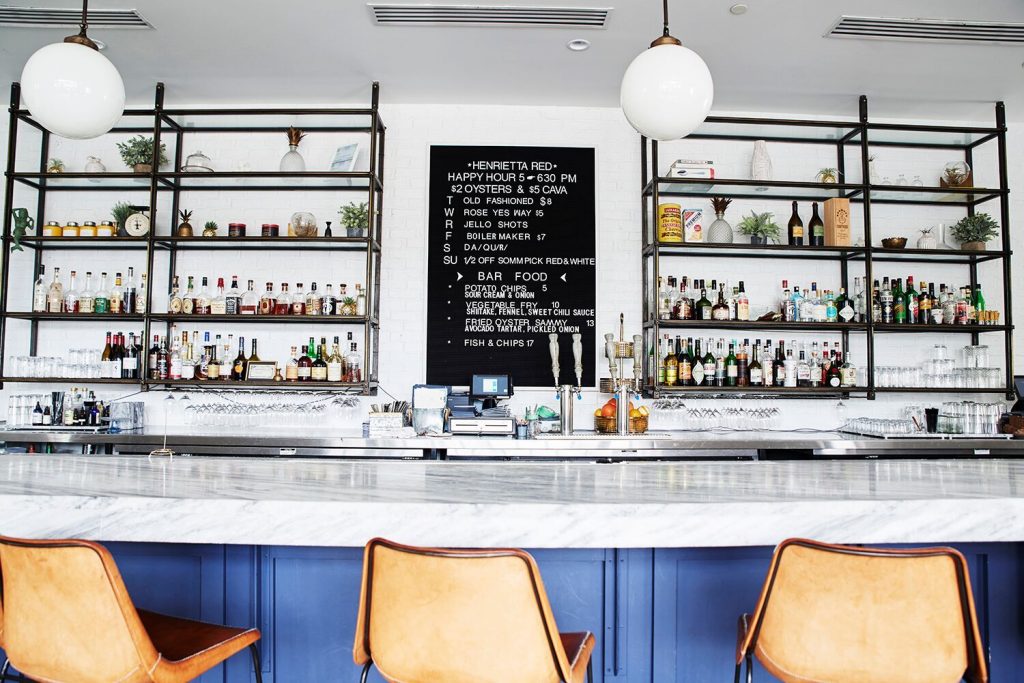
Germantown is melting amidst the dog days of summer, but inside it’s cool and refreshing. Sullivan gestures toward the Nashville skyline. “I’m from here,” she tells me. “Born at Vanderbilt. Went to University School.” And then this surprise. “I wasn’t particularly interested in food until my later high school years.”
All that changed when Sullivan visited France. “I went to Chalon-sur-Saône. It was outside of Lyon, in Burgundy . . . I was over there for about six weeks, living with a family that had a backyard garden, and the food was very different. Very simple.” For the first time, she tells me, she understood the pure beauty of food—and the work involved. “Before, I probably took it for granted a little bit. I sort of stopped once I got over there, and my eyes were opened.”
Sullivan graduated from USN and returned to Europe. “It sort of just progressed from there,” she laughs. Spain, Italy, France again. After eating her way across the continent, she came home and headed to Tulane for college—and it all came together in New Orleans. “The city has such rich cultural history. Some of the restaurants are a hundred years old. In Nashville, it’s a big deal to be ten years old.” I imagine Sullivan experiencing the gumbo, the jambalaya, the beignets and étouffées and realizing, as she puts it, “Man, this is something I really wanna be a part of.”
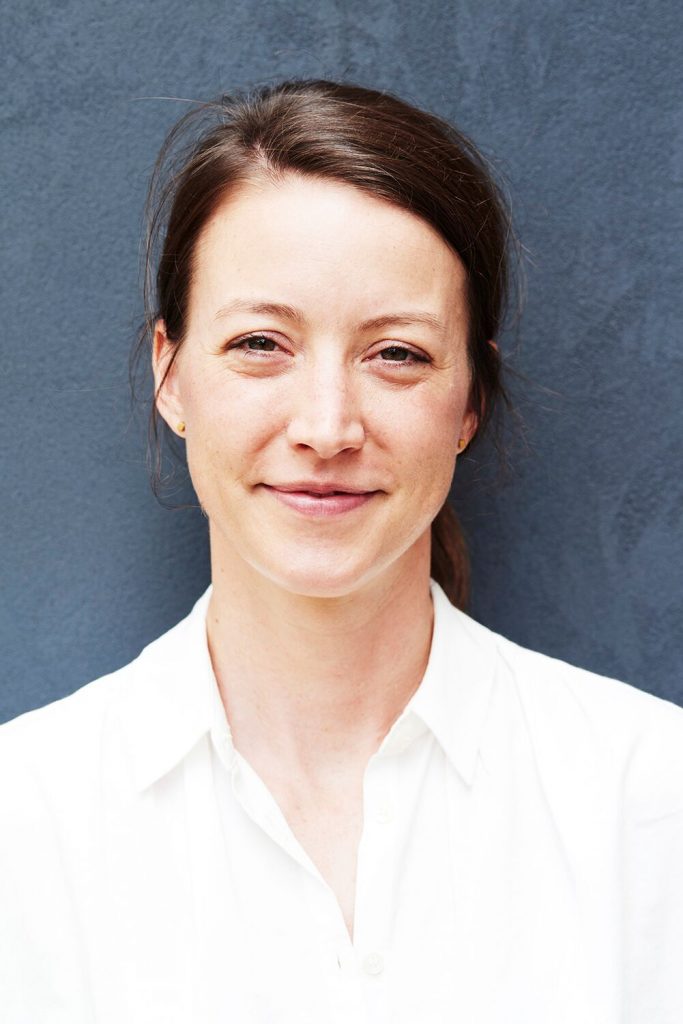
After hostessing and serving during her first year at Tulane, Sullivan left the Big Easy for the summer and came back to Music City seeking restaurant work. Emphasis, at first, on seeking. “I actually applied to work at Margot. She had a really small kitchen and I had no experience. So I didn’t get the job.” Sullivan chuckles at her clueless past self. “I ended up taking a job working for Laura Wilson at Wild Iris in Brentwood.”
Wilson was an early mentor and is still a friend, Sullivan shares. Since then, Wilson has founded Citizen Kitchens, a food business incubator in The Nations. Via email, she thinks back on her pupil’s time at Wild Iris. “Our kitchen was the smallest I had ever seen, much less worked in. So we were a tight-knit staff of six for lunch and dinner.” Wilson recalls Sullivan’s reserved determination. “She was very young and quiet but had decided that she wanted to cook . . . The beauty of that small of a kitchen is that everyone is right at your elbow, and you can watch what people do carefully. She was meticulous and thorough . . . I imagined at the time that she would continue cooking, because she seemed to enjoy the pressure cooker of it.”
Sullivan was in love with the kitchen, and there was no stopping her. From Wild Iris and stints at a handful of now-defunct Nashville eateries, her career hurtled forward: a degree from the prestigious Culinary Institute of America in Hyde Park, New York, then into some of the world’s most renown kitchens. Thomas Keller’s Per Se. Dan Barber’s Blue Hill at Stone Barns. Sullivan returned to Nashville in 2013 with a roughly drafted business plan. First, though, she wanted to find out how the city was coming along. “When I really started thinking about opening this restaurant, [Nashville] was a very different place than it is now.”
“What I remember,” Sullivan recalls of her childhood, “is that we did not eat out a lot. My parents all cooked and we ate at home a lot . . . Margot opened the same year that I graduated from USN, if that gives you an indication of where the industry was. It was just beginning to open up.”
Between Sullivan’s youth and her homecoming, Nashville’s culinary transformation was dramatic. But since 2013 it’s increased at a ludicrous speed, as she’s quick to point out: “It’s changed more in the last five years than it has in the last fifteen.”
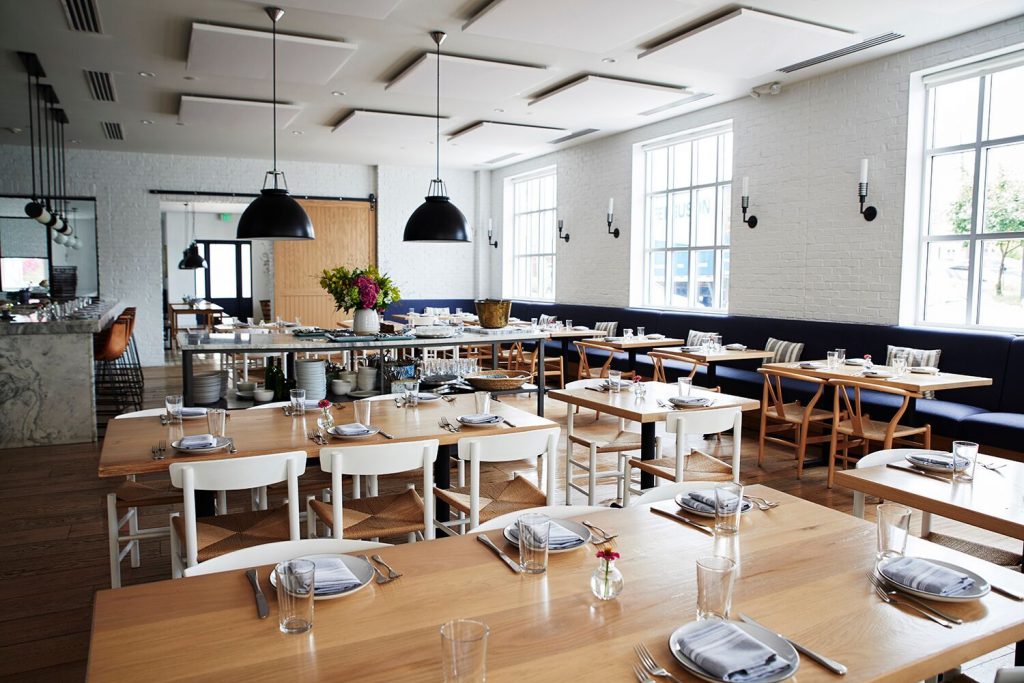
Between Sullivan’s youth and her homecoming, Nashville’s culinary transformation was dramatic. But since 2013 it’s increased at a ludicrous speed, as she’s quick to point out: “It’s changed more in the last five years than it has in the last fifteen.”
Tens of thousands of newcomers notwithstanding, Nashville can still be a small town. You run into your brother-in-law at Kroger. Your ex at 3 Crow. Or your buddy from elementary school at a bowling alley. That was the case with Sullivan and her friend since first grade, Max Goldberg, of Strategic Hospitality, the influential restaurant group behind Pinewood Social, Bastion, and now, Henrietta Red. “My first job I took when I moved home was opening sous chef at Pinewood Social.” Getting to work with an old friend was a bonus, but Sullivan explains why getting her feet wet was so important. “I wanted to be an opening manager at a restaurant because I hadn’t worked in Nashville for ten years, so I wanted to see what the city was like, what the customers were like, what the purveyors were like.”
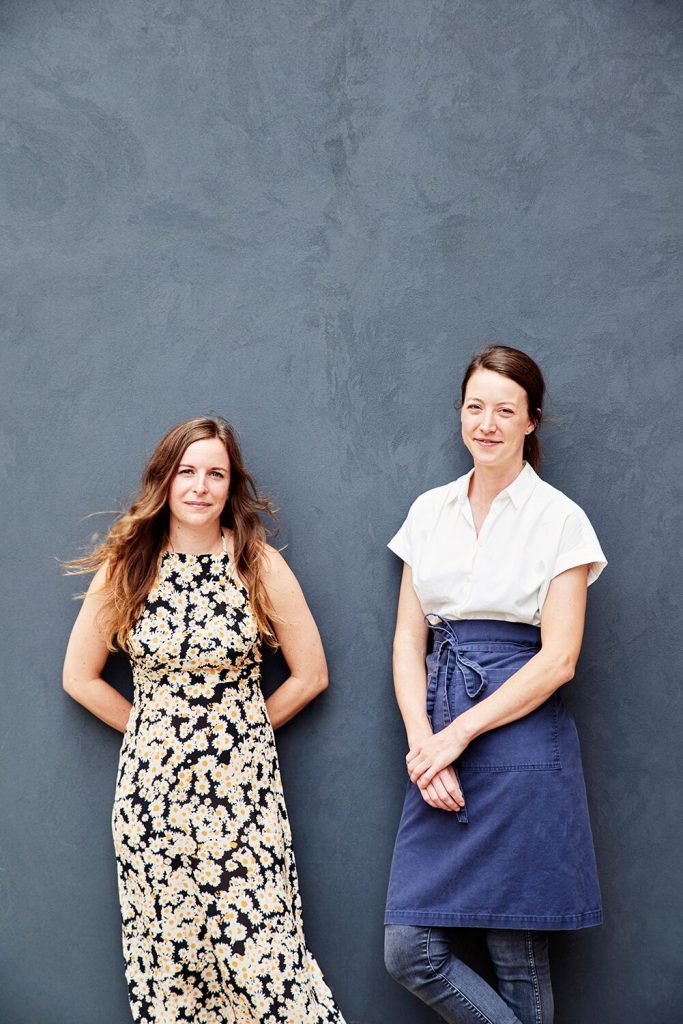
Her original plans for Henrietta Red didn’t include any investment operations like Strategic. “[I] was kind of terrified to be part of a restaurant group,” Sullivan admits. “But at the end of the day, I did what it took to get the restaurant open, and it turns out it’s been an extremely positive experience.” Max Goldberg agrees wholeheartedly. He gives me his modest opinion of his longtime friend. “Julia is single-handedly one of the most talented human beings I’ve ever met and is admired and adored in our industry . . . When you get the opportunity to work with someone you’ve known since first grade, there’s this undeniable trust factor at play. You know who they are at their core. Julia is one of the best people I know.”
When Sullivan and Allie Poindexter, her business partner, brought their idea to Strategic Hospitality, the group just happened to have an open space in a prime Germantown location. Sullivan notes that it differs from their rough draft—they imagined something with a rustic, bistro-type vibe. “It is, I think, a little bigger than we initially anticipated.” A pause, a minute sigh. “Which, for Allie and I, we’re pushing ourselves a little bit. But at the end of the day, I think it worked out really well. That’s a big reason why we separated the bar and the dining room, because we didn’t want it to feel like a four-thousand-square-foot restaurant.”
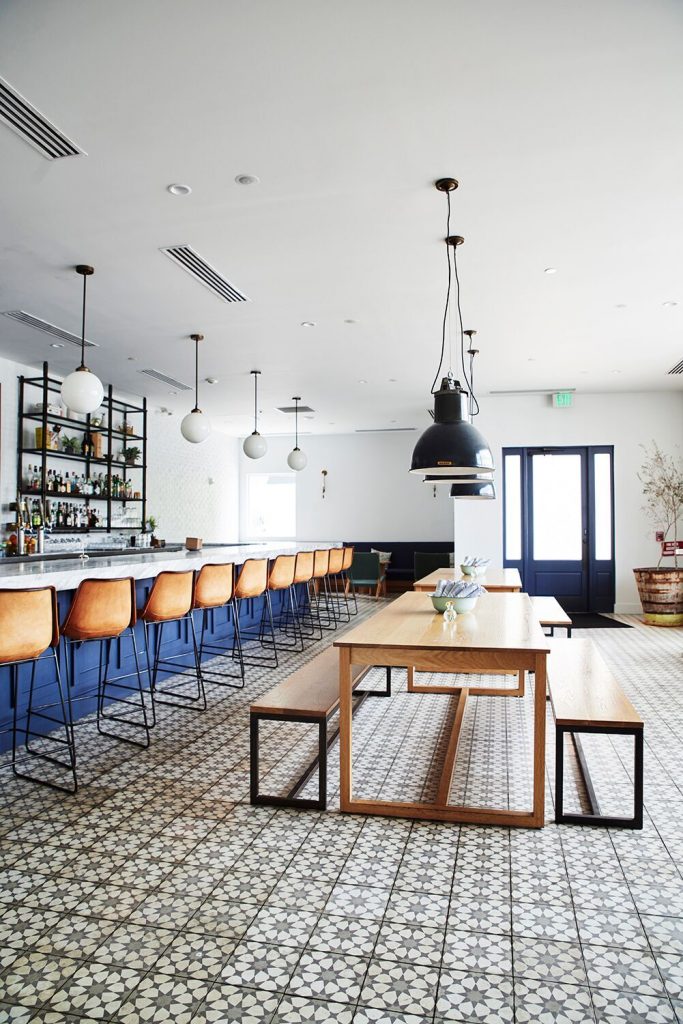
And it doesn’t. The bar and lounge is very much its own space. So is the dining room. Sullivan borrowed the concept from Gramercy Tavern, her favorite restaurant in New York. “You have this really great casual walk-in experience at the tavern. Great cocktails and casual food, and then if you want to go make a reservation and sit in the dining room, you can do that, but it’s sort of a different ballgame. I love that you can have those two experiences. I love that we can be a corner bar in Germantown and also be this great place to sit down and have a meal.”
Sullivan’s history hangs from the bright white walls: portraits of her grandparents, Henrietta and Red, adorn the hallway of their namesake. Her history is on the menu too: the bounty of the Gulf Shore, rich creaminess from the French Quarter, a New York sophistication while keeping an eye out for the European emphasis on simplicity. Sullivan lists the key influences. “There’s some French fine dining, there’s contemporary American farm-to-table, rustic Italian. And I think you can see a little of all of that in the food. We also have a great sous chef and a great pastry chef, and their influences are in there too.”
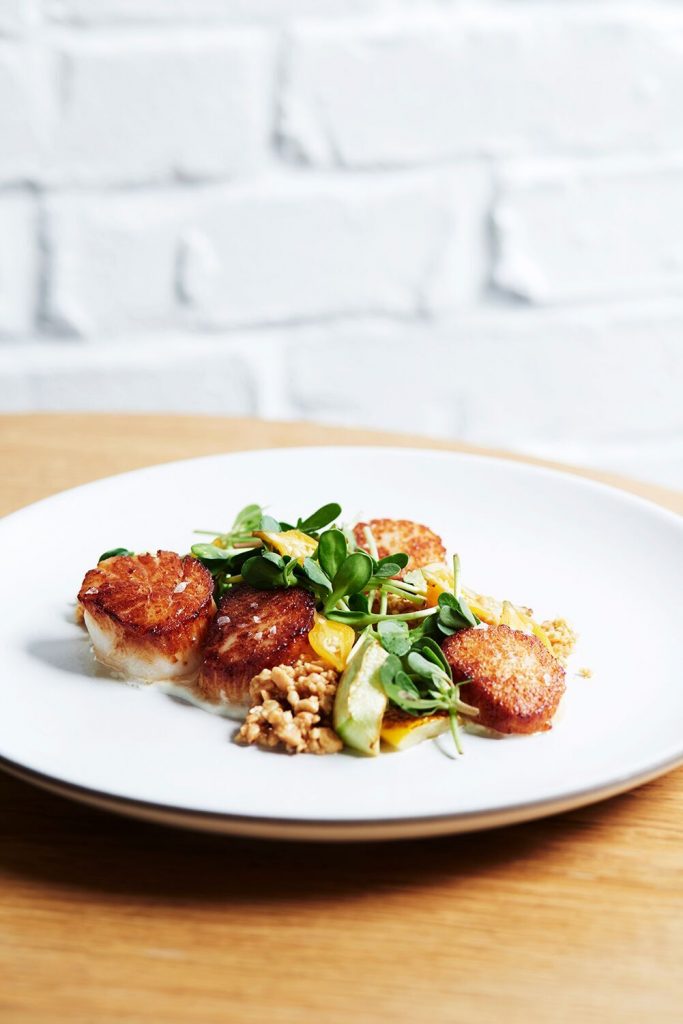
Enough talk. Surveying the bill of fare with Sullivan has made me ravenous. We start with oysters and a handful of happy hour specials to warm up. The Pensacola Bay shells are great, but the standouts on our tray are the Mookie Blues from Damariscotta, Maine. My tasting notes simply read POW. They’re salty and fresh as if they were plucked from the Atlantic that morning—which they nearly were. Once, using the words seafood and landlocked state together carried a strictly negative connotation; I bring that up to Sullivan during our chat. She gets giddy. “The cool thing about oysters is, if they’re harvested and cared for properly, they can have a ten-day to two-week shelf life . . . We’re getting the majority of ours direct-to-chef, which means the oyster farms will harvest them and then the next day they’ll ship them FedEx, and they’ll be to us within 48 hours.”
Given their seaside-level of fresh and the lovely house mignonette of white wine vinegar, watermelon, cucumber, and serrano peppers, I’m not surprised at Sullivan’s estimate that Henrietta Red sells, on average, 2,500 oysters a week. We also sample the Return to Life seafood cocktail—its colorful name a reference to the recipe’s touted benefits as a hangover cure—and the Sister Juana, a cocktail with tequila, Dolin Blanc, grapefruit bitters, and lime. The tartness of the drink perfectly highlights and expands on the textures of snapper, shrimp, scallop, and oysters.
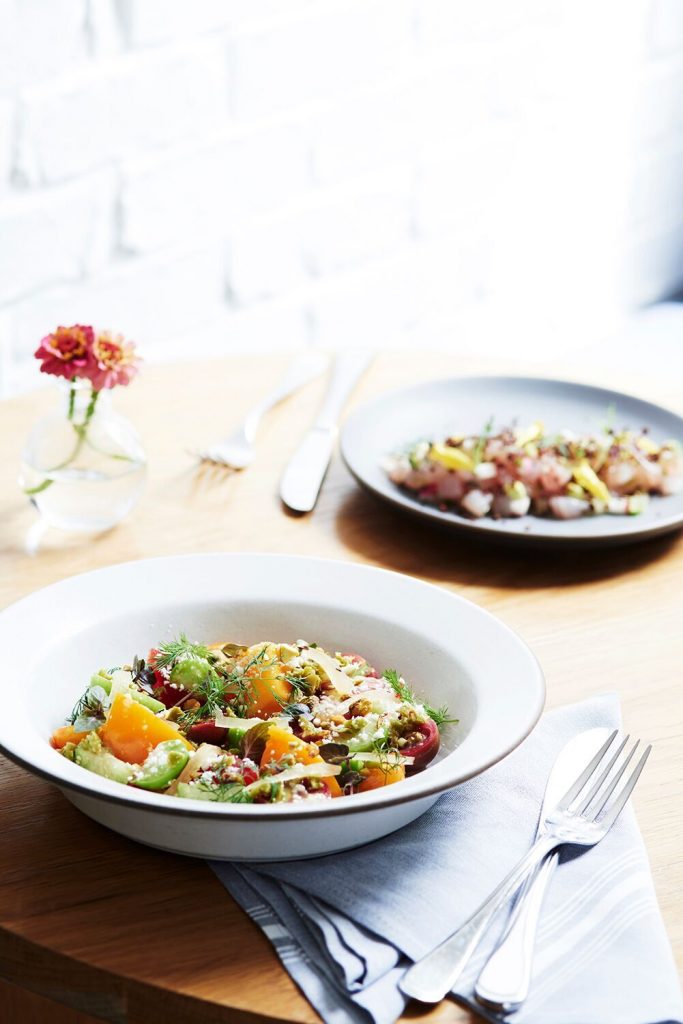
Oysters return, Rockefeller-style from the wood-fired oven, slathered with a buttery green curry, hotness in every sense, balanced by the next plate over, a refreshing heirloom tomato salad with a satisfying crunch from pistachios. Next, a combo umami bomb: caviar prepared the way Sullivan’s dad used to make it for special occasions (hence the name “Poppy’s Caviar”), with a luscious spring onion vinaigrette, sour cream, and crackers so deliciously addictive they should spell it crack-ers; and chicken liver paté (I doubt Poppy made that one) with a floral earthiness sweetened by peaches. Together there’s so much beautiful, luxurious richness, it puts me back on my heels.
My notes say there were four more dishes but honestly, it blurs from pleasure. I remember perfectly seared scallops and beef tartare on a bed of brioche, but little else. Though I’m a little umami drunk (it’s a thing), something in the kitchen does catch my eye. I’ve never seen a kitchen staffed (almost) entirely by women. Maybe it’s just the particular night, I think, but I mention it to our server, and she estimates the staff gender breakdown to be somewhere around 60 to 70 percent women.
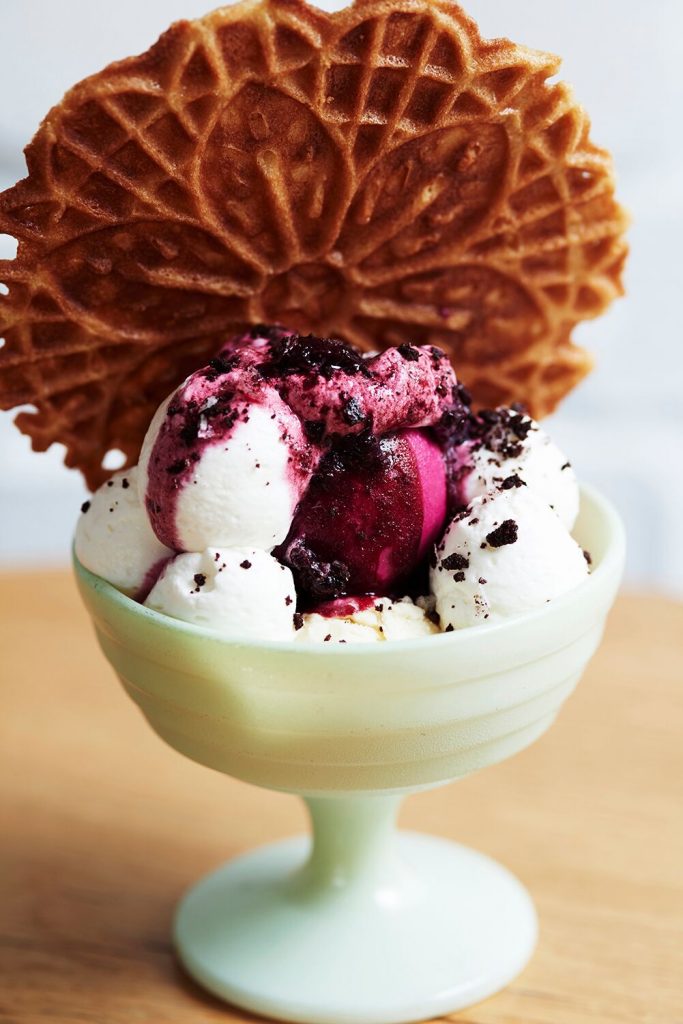
After the meal, I message Sullivan and Poindexter, who answers first. “I know we both started this restaurant with the intention of it being a place where people could come to learn and feel respected and happy . . . While I think female chefs are leading the charge on a more nurturing style of running a kitchen, I think in general, there’s a shift toward this management style.”
Sullivan follows up. “We attract females for various reasons, some that you may not consider. For example, our Instagram following is nearly 80 percent female, so when we post an employment opportunity, we get a female-heavy response. On the other hand, we’ve seen male applicants increase since receiving more national attention this spring. I also think young people are looking for mentorship and role models, so females gravitate toward females. We unintentionally have an all-female leadership team in our kitchen, but the females have stepped up and committed in ways that make them the most viable candidates, and they’re crushing it. That being said, we find the best formula in our kitchen is fairly balanced overall.”
Stepping up, committing, and crushing it? They must be watching Sullivan, because here at Henrietta Red, she is crushing it. If only she could win an award or two.
Henrietta Red is open for dinner Tuesday through Sunday, brunch and dinner on Saturday and Sunday, and late nights at the bar.
Suggested Content
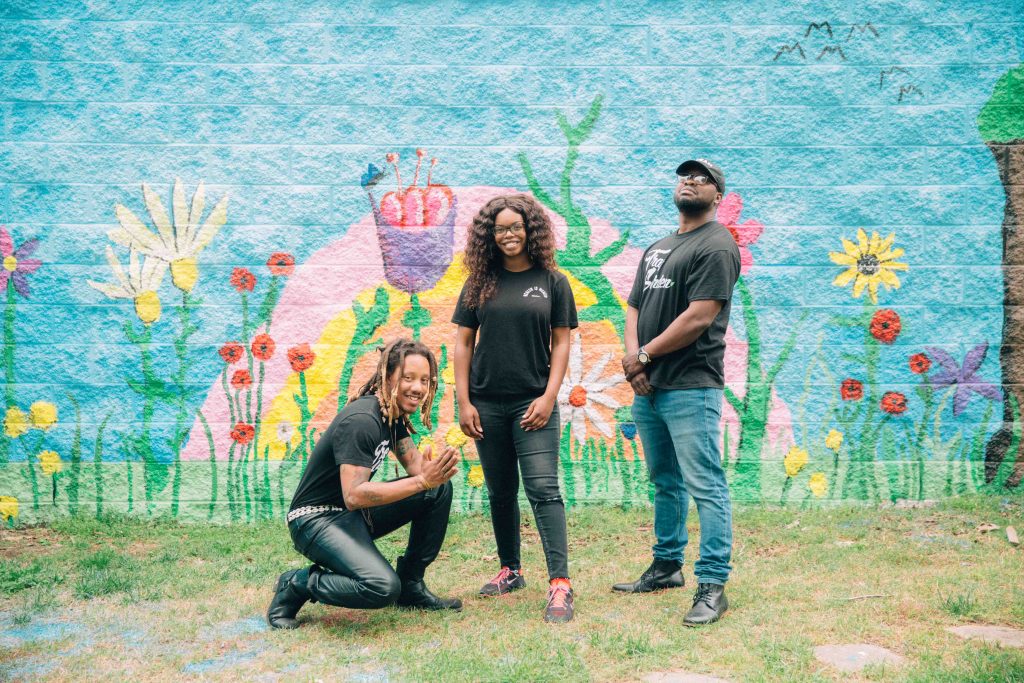
Can You Dig It?
How urban farming nonprofit Trap Garden is working to eradicate Nashville’s food deserts

Double Scoop of Happiness
Kokos Ice Cream creators Jerusa van Lith and Sam Brooker want to show you just how good ice cream can be.

